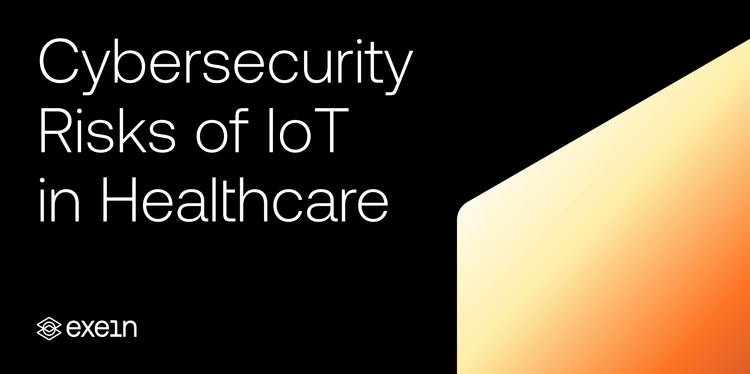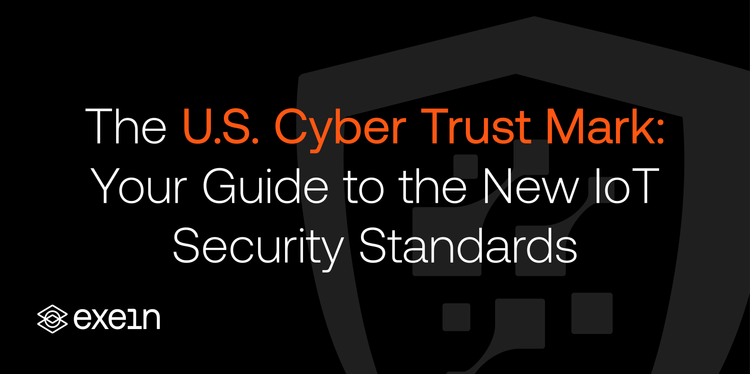Unpacking IoT Vulnerabilities: A Pragmatic Perspective for Manufacturers

The advent of the Internet of Things (IoT) has sparked an industrial revolution unlike any other, ushering in an era of interconnected machines, systems, and devices that optimize productivity, efficiency, and data-driven decision-making.
However, as we charge headlong into this new frontier, it's imperative we also turn our attention to the inherent cybersecurity risks. Herein, we will explore some of the most pressing IoT risks including data breaches, privacy invasions, and unauthorized access, adopting a language that resonates with our manufacturing industry experts.
Recognizing Power Dynamics in IoT Infrastructure
Just as there are inherent power differentials in organizational relationships, the same holds true for the IoT ecosystem. In this case, manufacturers who are responsible for developing and controlling the design and security of IoT devices hold a certain dominance over the end-users, whether they are consumers or other businesses. This often leads to the overlooking of security measures and the deprioritization of privacy needs in the race to launch advanced and innovative products.
As the manufacturing department head drives to optimize production speed, they may inadvertently eclipse the efforts of the Quality Assurance (QA) team to ensure the production of high-quality products. This can lead to consistent sidelining of the needs of the QA team, creating an unsettling dynamic that is all too familiar in the IoT context.
However, it is important to remember that the issues that arise from such power dynamics are not limited to the IoT ecosystem. In fact, this problem is prevalent in many different industries and sectors. It is a manifestation of the power struggles that exist in the world, where those who hold power are often tempted to prioritize their own needs over those of others. This is why it is crucial for organizations and individuals to remain vigilant and to actively work towards creating more equitable and fair systems that benefit everyone involved.
By recognizing and addressing the power dynamics that exist in the IoT ecosystem, we can begin to build a more sustainable and secure future for all. This can be achieved through a combination of increased awareness, education, and collaboration between manufacturers, end-users, and other stakeholders.
Equilibrium in the IoT Ecosystem
Nonetheless, although the current dynamics may seem challenging, there are ways to address and rebalance them. One approach is for organizations to foster mutual respect and collaboration between their diverse departments, which can also apply to the relationship between IoT manufacturers and end users. By engaging in an ongoing dialogue that demands higher security standards, comprehensive privacy policies, and a commitment to routine security updates, manufacturers can balance innovation with security in a more effective way.
As end users, we can also play a crucial role in ensuring that our voices are heard. By seeking detailed information about the security architecture of devices, the data they collect, and the safeguards in place, we can gain a better understanding of the measures that are being taken to protect our privacy and security. Additionally, we can leverage our collective influence to drive a more robust, privacy-conscious manufacturing process, which will ultimately benefit all of us in the long run.
Navigating the Evolving Threat Landscape
Understanding the fast-evolving threats in the IoT landscape is crucial. Unauthorized access is a significant concern, much like the risk of a manufacturing line falling prey to hastily implemented process optimizations that compromise quality.
To address these issues, it is essential to implement security measures such as regular security audits, strong authentication methods, firmware updates, and penetration testing. These practices should be considered as integral components of any IoT strategy. Similar to a manufacturing leader who reinforces quality checks to prevent product failures, regardless of the time-to-market pressure, implementing these measures can help prevent security breaches that could prove to be catastrophic for any IoT system.
Moreover, it is essential to understand that IoT security is an ongoing process. As threats continue to evolve with time, it is crucial to stay updated with the latest security protocols and measures to ensure the safety and security of IoT systems. Therefore, it is recommended to have a dedicated team of professionals who can continuously monitor and update the security measures to keep the IoT systems secure and free from any potential security threats.
The Human Factor in IoT Security
Lastly, while we continue to digitize and automate our operations, we must not forget the critical role of human factors in IoT security. Although technology can help us secure our IoT ecosystem, it's not a panacea. The human element is a vital part of securing IoT systems. It is, after all, individuals who configure, manage, and use these interconnected systems.
Therefore, it is essential to ensure that end-users are knowledgeable about the security risks associated with IoT devices. This can be achieved through training programs, user manuals, and other educational materials. By providing users with the knowledge they need, they can become more vigilant against IoT risks.
Moreover, it's crucial to cultivate a culture of security awareness among users. This can be achieved by promoting best security practices, such as regularly updating software and firmware, using strong passwords, and avoiding public Wi-Fi networks. Through these efforts, users can become more aware of the security risks inherent in IoT and take the necessary steps to mitigate them.
Just as a cohesive team is key to a successful manufacturing process, the users' knowledge, vigilance, and willingness to adapt to best security practices can be the defining factor in safeguarding against IoT risks. It's about striking a balance between human skills and technology, utilizing the best of both worlds to secure our IoT ecosystem.
Securing the Future of IoT in Manufacturing
It is important to understand the risks associated with IoT technology, but this should not stop us from utilizing its transformative capabilities. Instead, this should serve as a call-to-action to improve our cybersecurity practices. Similar to how process improvements in manufacturing are driven by identifying and addressing potential problems, a secure future for IoT depends on our ability to recognize and proactively manage its risks.
One essential component of this process is embedded security. By integrating security measures directly into the IoT device firmware and hardware, we can significantly increase the robustness of our defense against cyber threats. Embedded security serves as the frontline, providing a critical layer of protection that is not dependent on user intervention. This strategy is akin to building quality into a product from the onset rather than depending on post-production inspections.
As pioneers in this digitized industrial age, we have a responsibility to guide the direction of IoT towards a safer and more secure future. It is important to recognize that the power dynamics within the IoT ecosystem are not set in stone and can be rebalanced through knowledge, assertiveness, and creative problem-solving. By fostering a culture of collaboration, vigilance, and informed decision-making, we can transform the IoT landscape into a more secure and privacy-respecting environment. With this in mind, it is important to stay up-to-date with the latest developments in IoT technology and to take a proactive approach to cybersecurity to ensure that we are prepared to face any potential challenges that may arise in the future.




